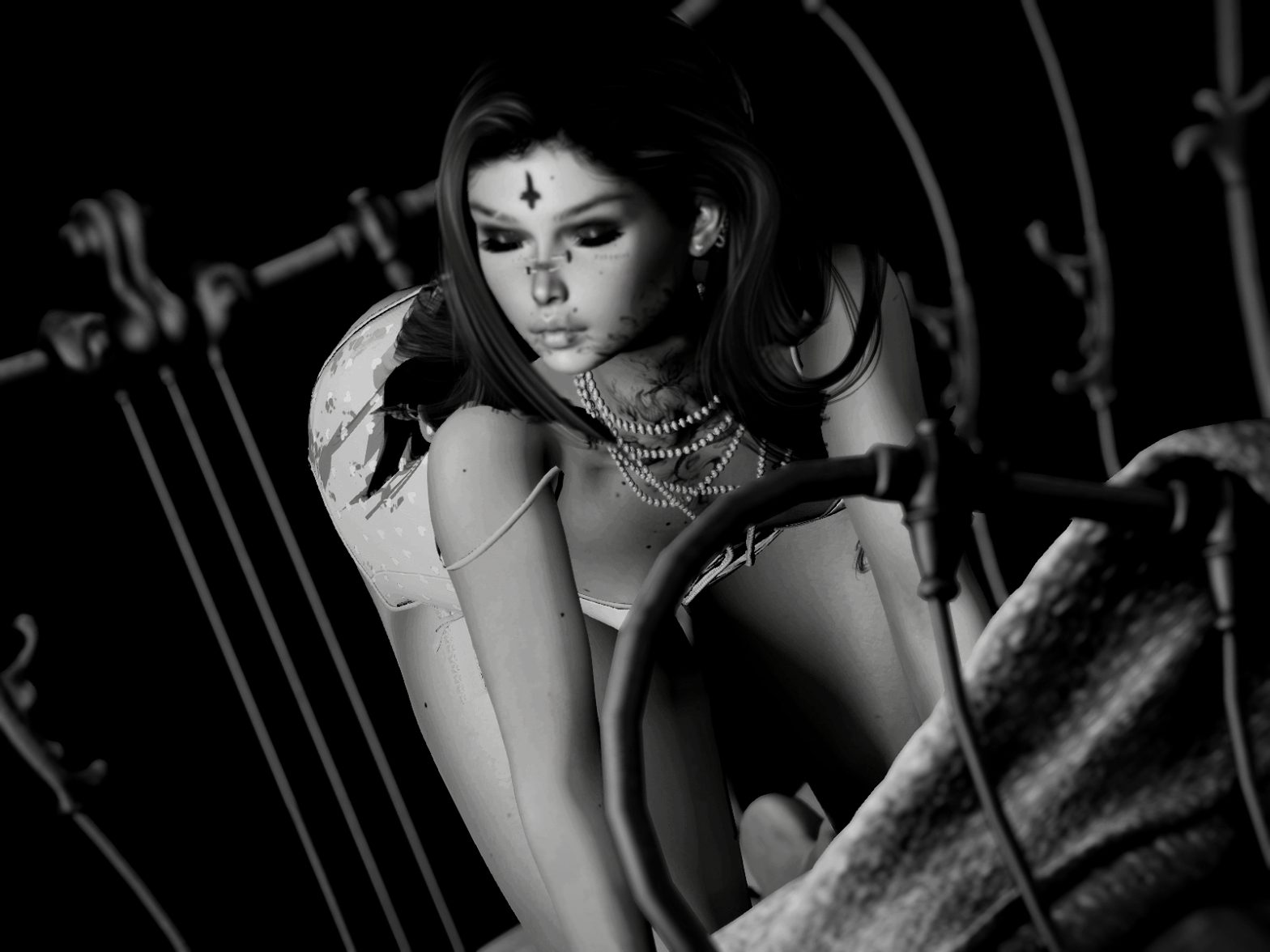Tripod, or No Tripod
I think most professional photographers would agree that a tripod is one of the tools needed to ensure the sharpest possible image. I would estimate that about 99% of the photos I shoot are done with my camera securely mounted on a tripod. With the exception of the cherry blossom photos, all of the other images in this article represent the remaining 1% of the photos I shoot hand-held. The reason is based on practicality. Sometimes, the use of a tripod is just not practical. In some cases, it could even be a hinderance to your creativity. Simply getting the sun in the shot is one thing, but when attempting to align it so that its beams shine through a tiny, moving opening is quite another matter. Even on the calmest of days, flowers (and especially leaves on a tree) are constantly swaying back on forth. The slightest movement will be the difference of capturing a sunburst, or no sunburst at all. Imagine the time-consuming process of having to repeatedly pick up and move a tripod-mounted camera a millimeter here or a millimeter there! After just a couple of photos, you might be ready to pack it in for the day. By hand-holding the camera, you can make these minute adjustments instantly. Also, since you’re shooting toward the sun, your shutter speed should be relatively fast – negating the need for a tripod anyway. The slowest shutter speed I used for any of the hand-held photos I used in this article was 1/60 second. I should also mention that I shot them with a 28mm lens, as opposed to my 24-70mm zoom. The 28mm lens is less than half the size of the zoom lens and just a fraction of its weight – making it much easier to work with when shooting hand-held. I keep it just for the purpose of taking these types of photos.
Metering the Scene
Getting the correct exposure for scenes like these today is much easier than in the days of film. As I mentioned earlier, digital sensors are much better at handling high-contrast situations than film. But, to ensure consistent results, there are a few techniques you should employ. Auto-exposure systems tend to become unreliable whenever the sun is prominent in the frame, or shining through the small openings of a flower or a leaf. Therefore, you should set your camera to manual exposure and meter the scene without the sun in the shot. As long as the overall lighting does not drastically change, this is the exposure you should use for all the photos you shoot of that particular scene. This is especially important when shooting sunbursts through tiny openings. As flowers or leaves gently dance around in the wind, varying amounts of light will shine through – causing auto-exposure meters to go haywire. Locking your exposure in on manual will solve that problem.
Getting Better Lighting
Since you’re directly facing the sun, it’s also necessary to use additional lighting sources. I use a flash with a warming gel attached to the head. This prevents my subject from becoming a silhouette in the strong backlight of the sun. The warming gel gives the harsh, white light of the flash a more orange tone to better match the warm, ambient early morning or late day light.
If you’re shooting with a high-end digital camera, you should have a feature which further enhances your sensor’s ability to handle high-contrast situations. Nikon has something called Active-D Lighting, which enables me to capture more detail in the shadows and highlights. Its strength can be set to Low, Medium or High – allowing me to get far better results in difficult lighting situations than I ever could with film.
Lastly, I’d like to give a word of caution. Shooting toward the sun with a wide focal length is fine because the sun is very small in the frame. Using a long lens, on the other hand, can be a little risky. To protect your eyes, you should use a fairly strong neutral density (ND) filter. It will considerably darken the view without affecting the color balance. If you’re shooting on manual, be sure to take your reading with the filter in place.
Spring flowers are a joy to photograph. Try including the sun and let your creativity shine!
